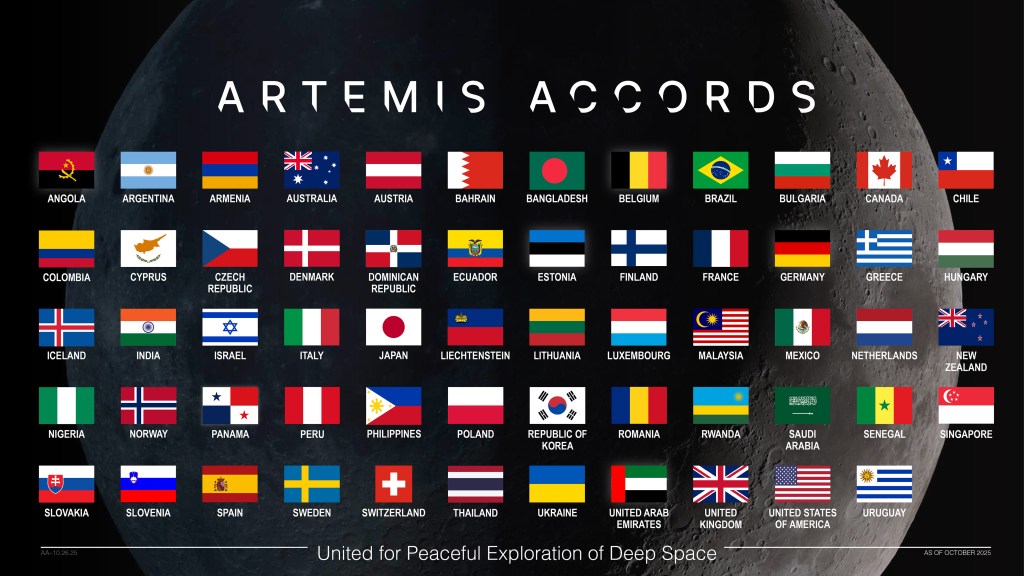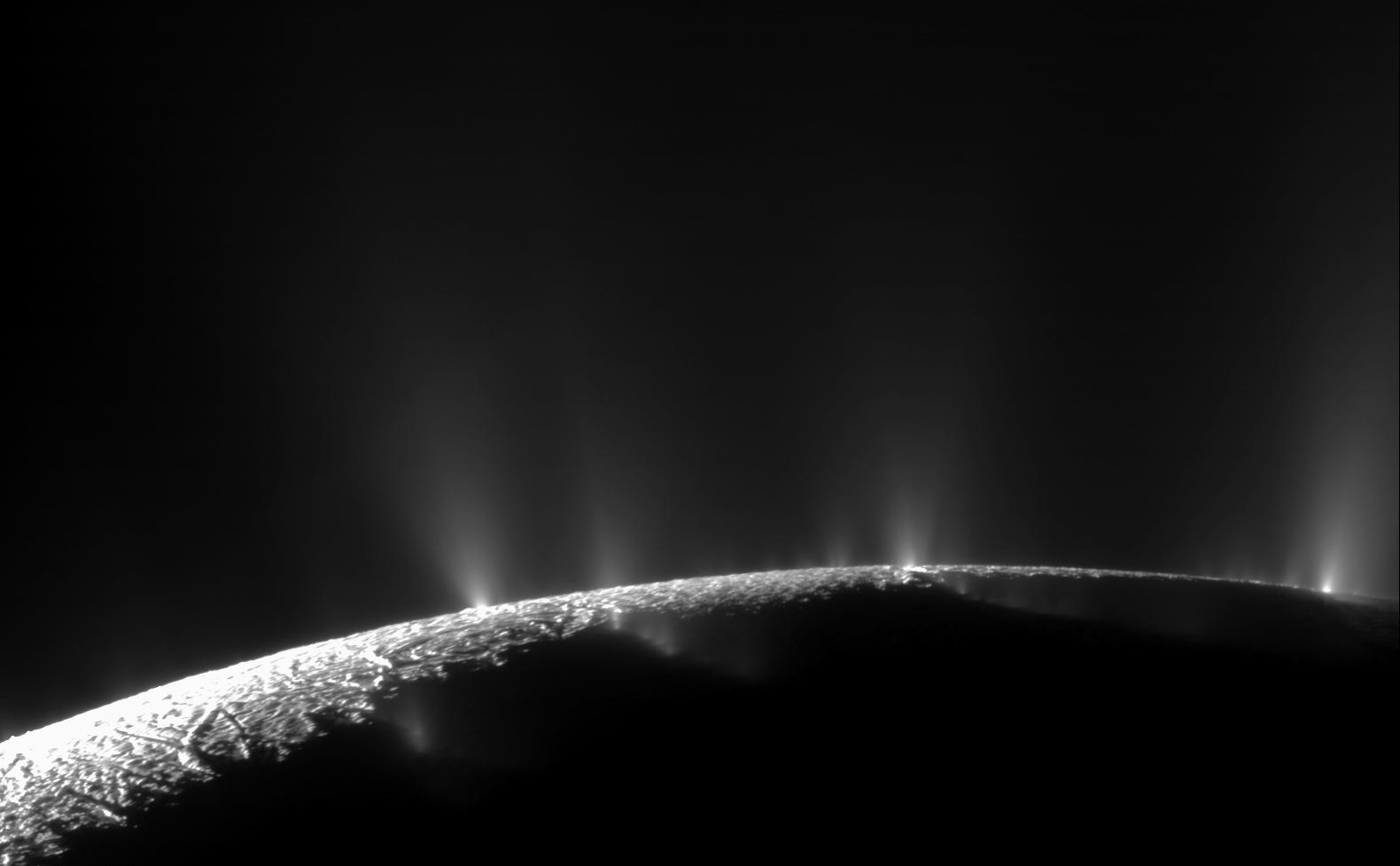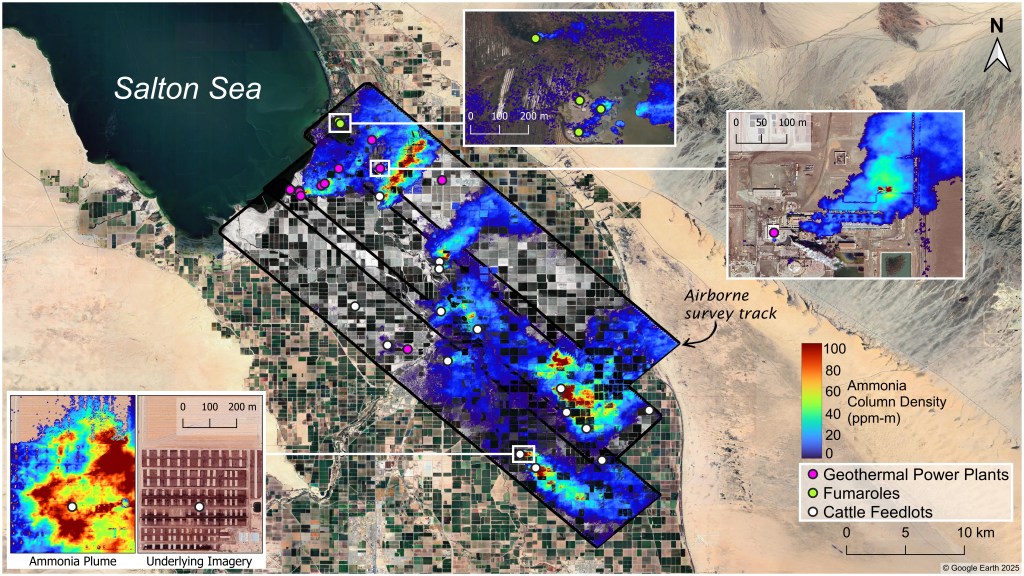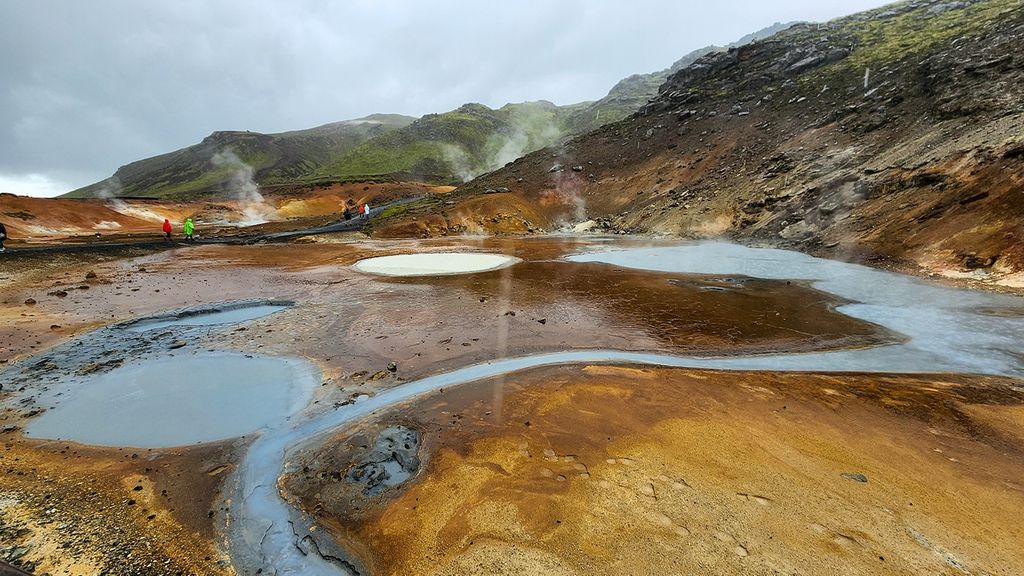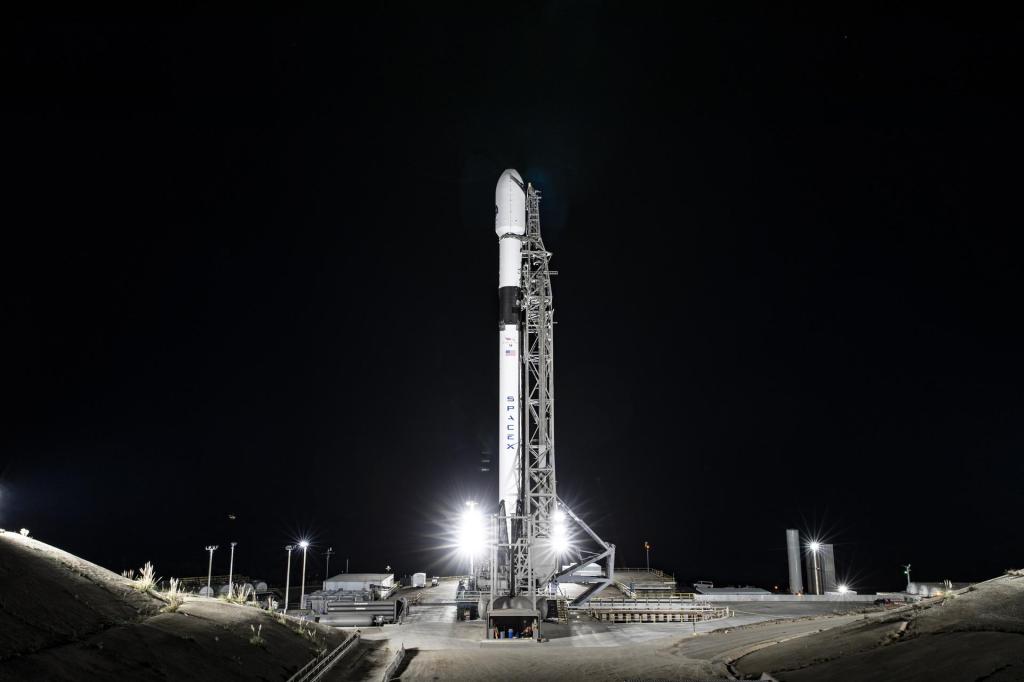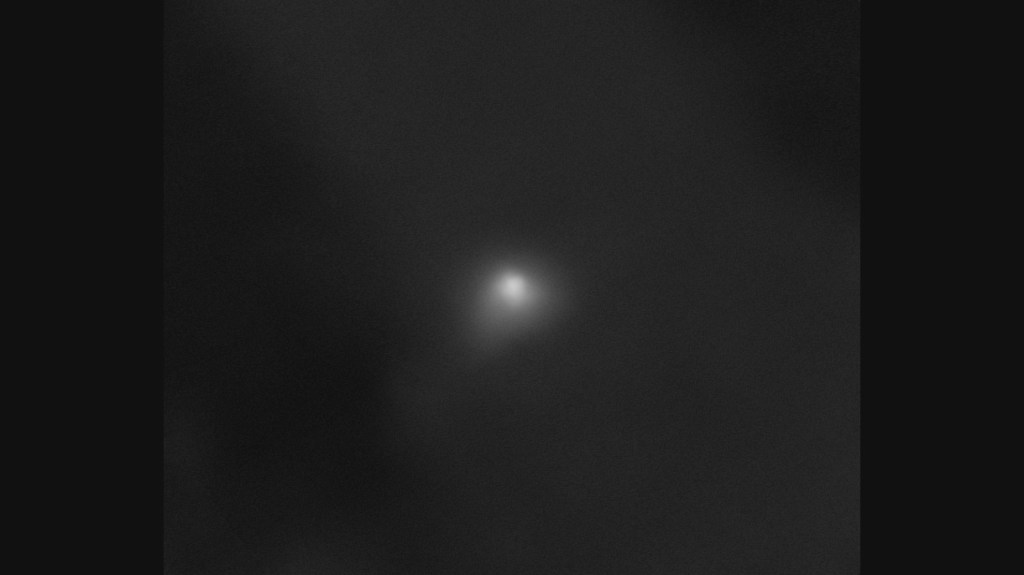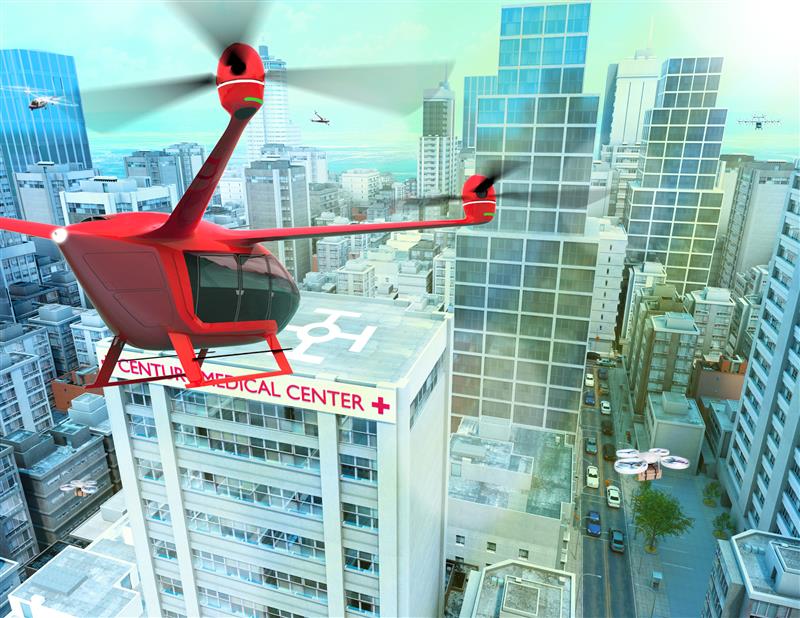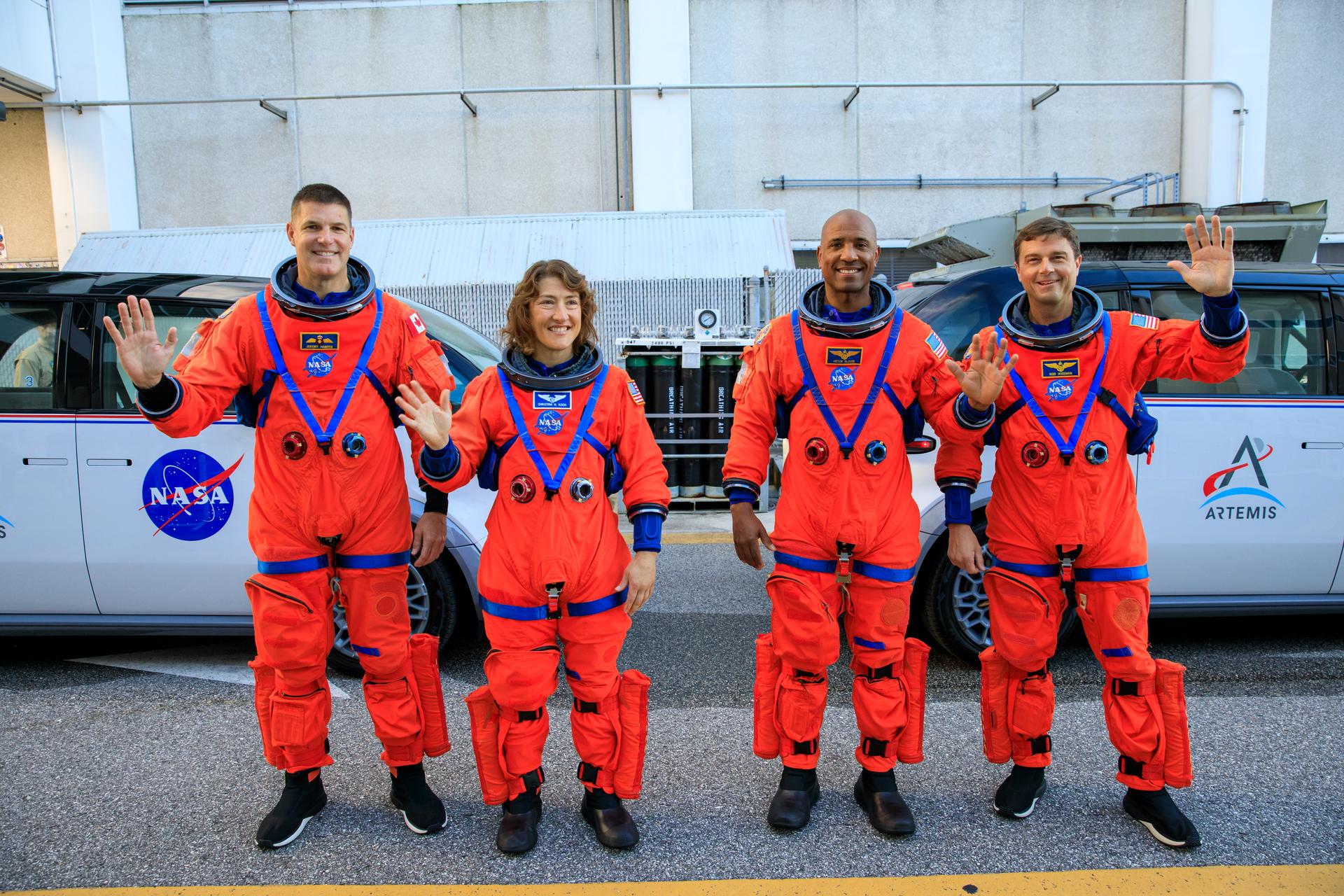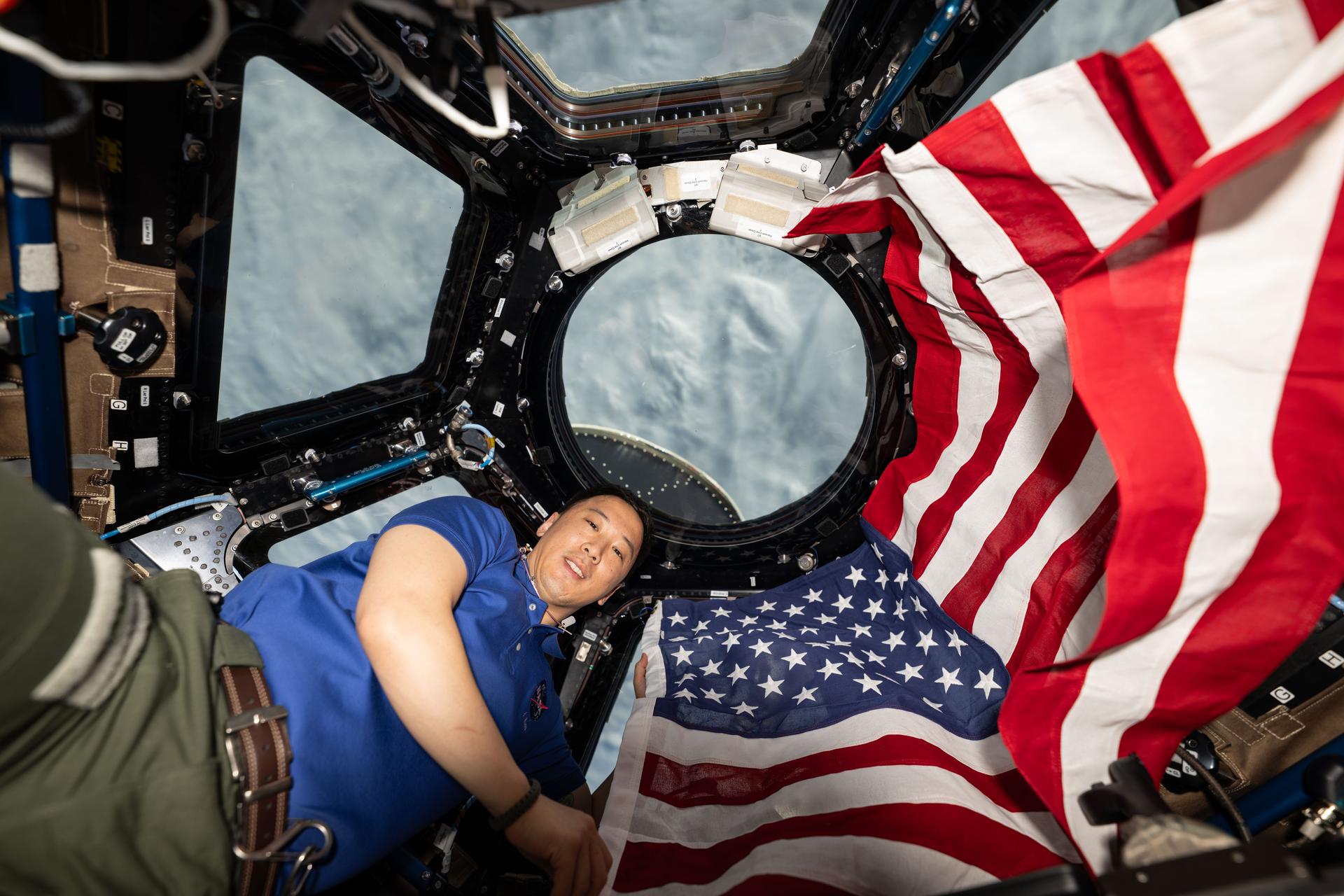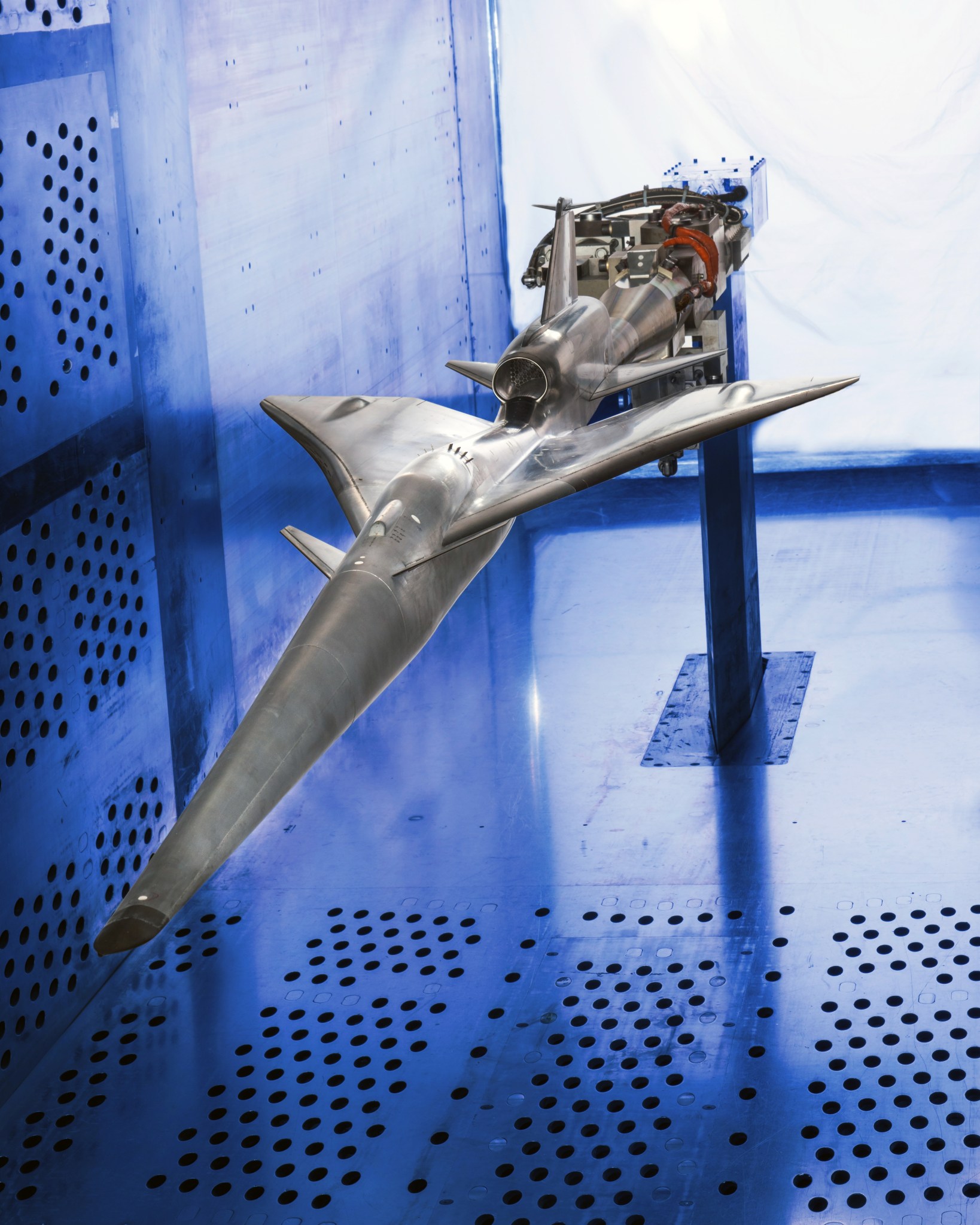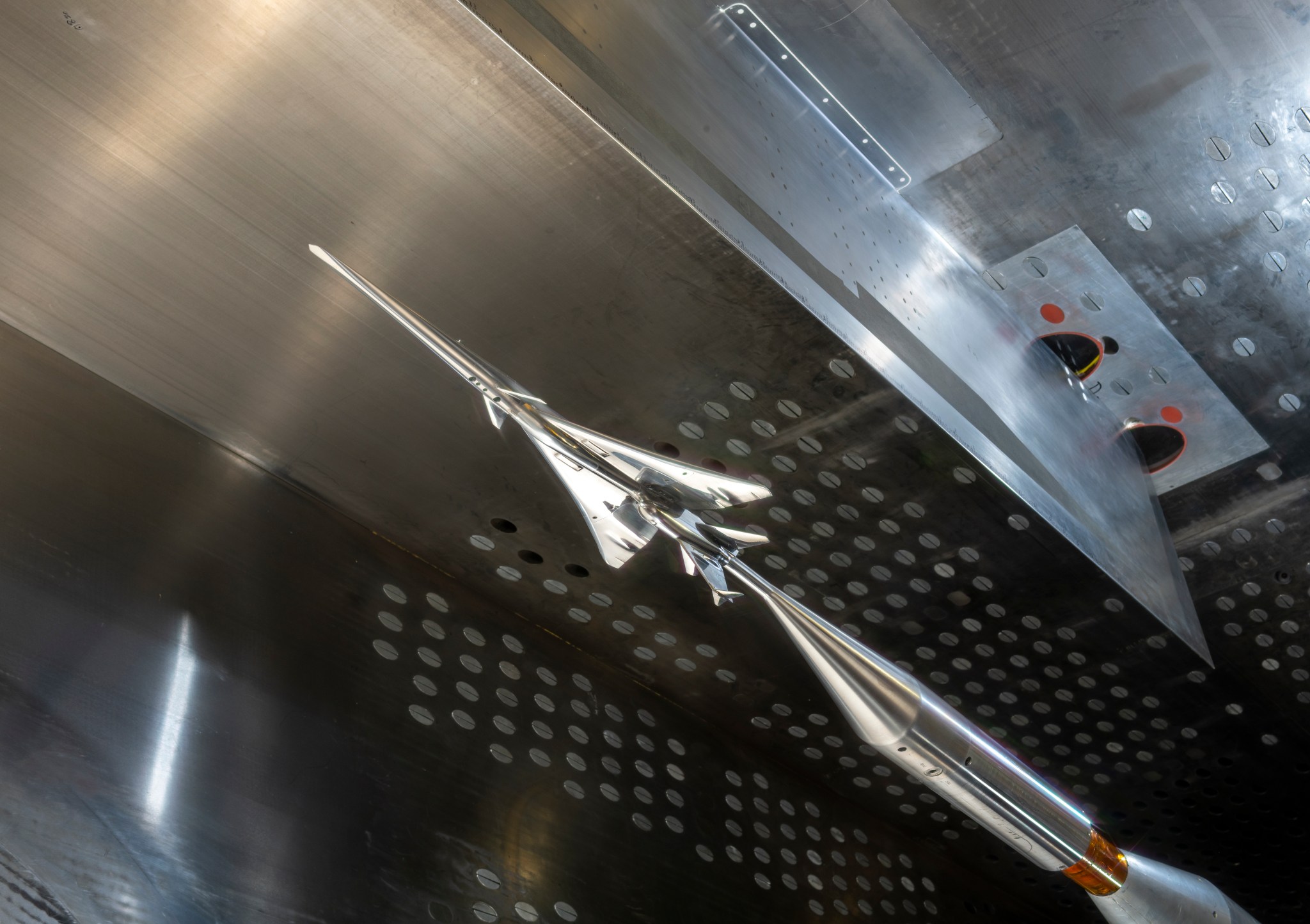Inlets and Nozzles
Support of Flight Demonstration Projects
NASA Glenn’s propulsion team supports X-59 supersonic flight with computational fluid dynamics, wind tunnel tests, real-time displays, and system integration.
Overview
The propulsion team at NASA’s Glenn Research Center supporting the X-59 Quiet Supersonic Technology (QueSST) aircraft brings critical capabilities to the advancement of low-boom supersonic flight. The team has conducted extensive computational fluid dynamics (CFD) analyses of the X-59’s inlet and nozzle, complemented by wind tunnel testing of the aircraft, inlet configurations, and sonic boom signature.
To support both ground and flight testing, the team developed and implemented advanced control room displays that enable real-time monitoring and data visualization. They are experienced in analyzing data from test campaigns to validate performance and inform design improvements.
The team also provides expertise in both physical integration of propulsion systems and digital integration of engines within a fully digital aircraft architecture, supporting seamless system-level interaction and testing. These combined skills position the Glenn Propulsion team to support future NASA flight demonstration missions.
Key Publications
- Castner, Raymond S., Simerly, Stephanie R., and Rankin, Michael, “Supersonic Inlet Test for a Quiet Supersonic Transport Technology Demonstrator in the NASA Glenn 8-foot by 6-foot Supersonic Wind Tunnel,” AIAA-2018-2850.
- Dippold, Vance F. III, “High Speed Inlet Distortion Test for the X-59 Low Boom Flight Demonstrator in the NASA Glenn 8- by 6-Foot Supersonic Wind Tunnel,” NASA TM-20220010443, July 2022.
- Heberling, Brian, “Inlet Vortex Generator Design for the X-59 Low Boom Flight Demonstrator,” AIAA 2020-2757, June 2020.
- Friedlander, David J., Heath, Christopher M., and Castner, Raymond S., “Numerical Simulations of A Quiet SuperSonic Technology (QueSST) Aircraft Preliminary Design, NASA TM-2018-219967, October, 2018.
- Castner, Raymond S., Simerly, Stephanie R., “Assessment of the NASA Glenn 8- by 6-Foot Supersonic Wind Tunnel Supersonic Test Section for Sonic Boom and Supersonic Testing,” NASA TM-20220000420, August 2022.
Read More About Inlets and Nozzles
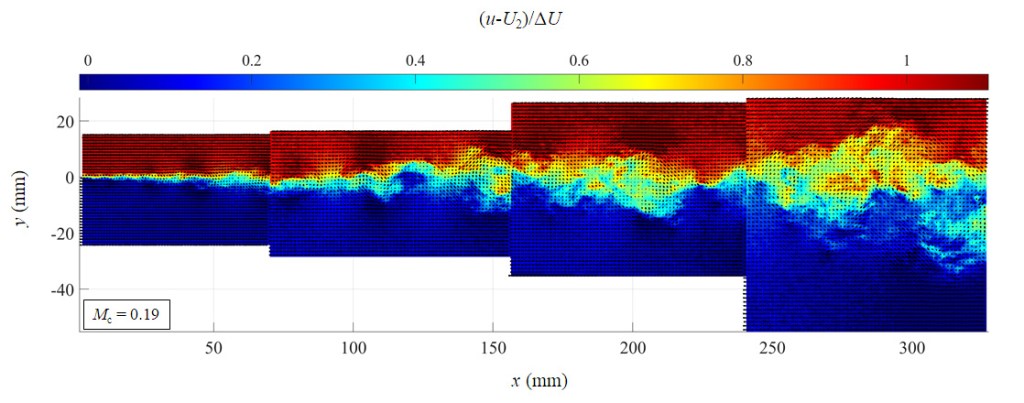
Fundamental Physics Experiments
Fundamental physics experiments increase our understanding of more complex problems and provide important data for improving and validating physical models.
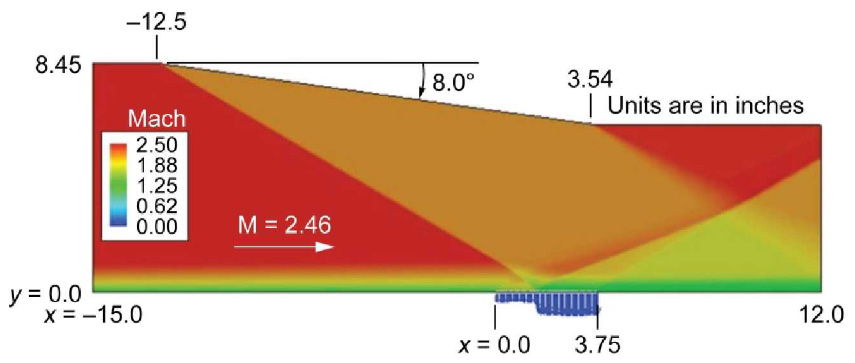
Physics Modeling and Validation
Improvements in physical modeling and the validation of these methods are critical to advancing numerical simulation capabilities.
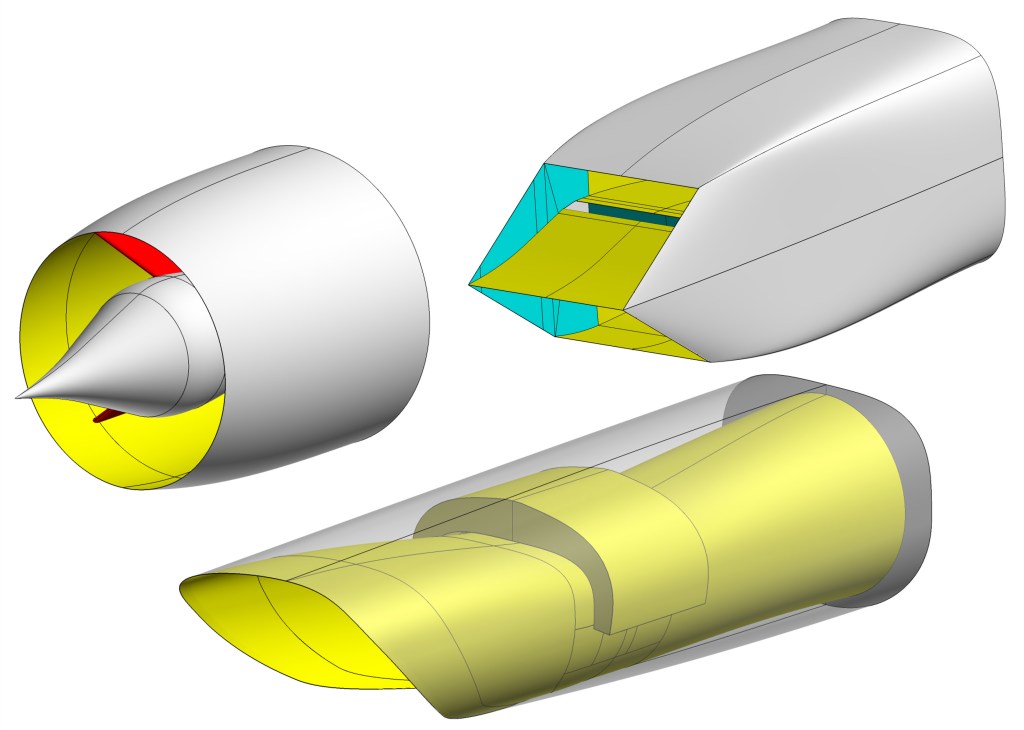
Design and Analysis Software
A range of advanced software tools is used to support the design, analysis, and testing of inlets and nozzles for aerospace propulsion systems.
Inlets and Nozzles
NASA is advancing inlets and nozzles for aircraft engines and aerospace applications through research supporting commercial, military aircraft, and space propulsion systems.
Return


